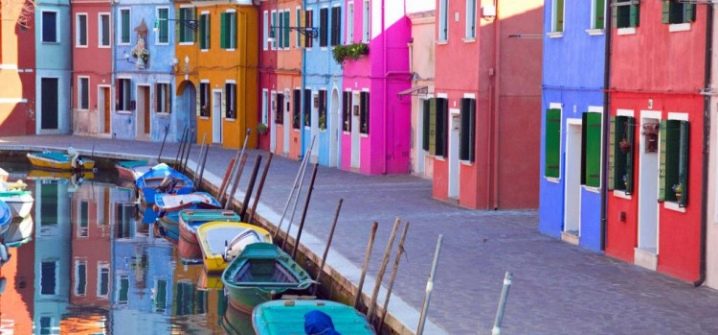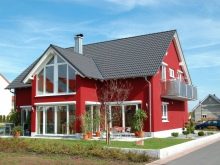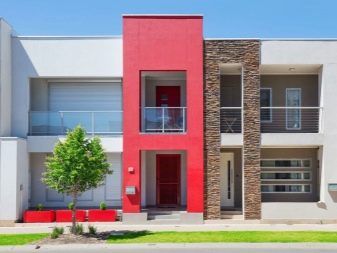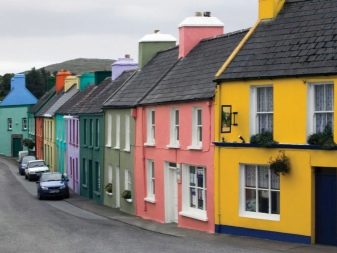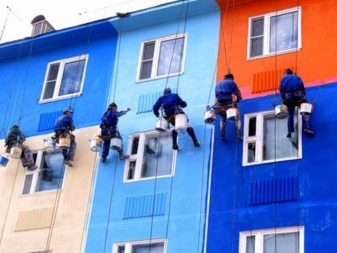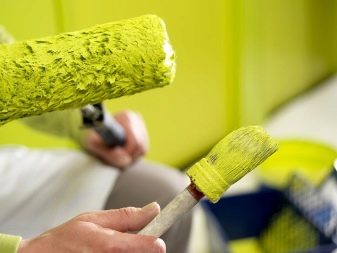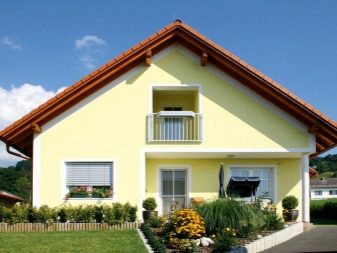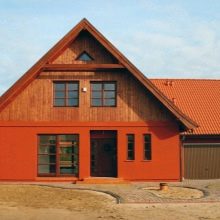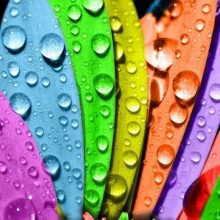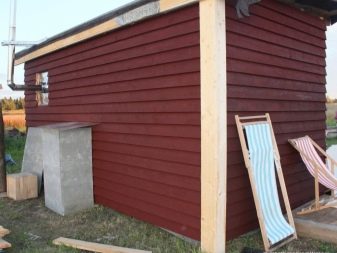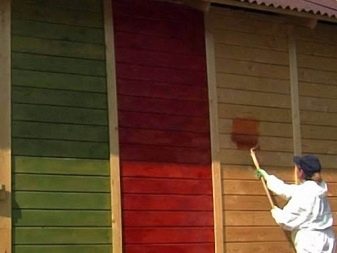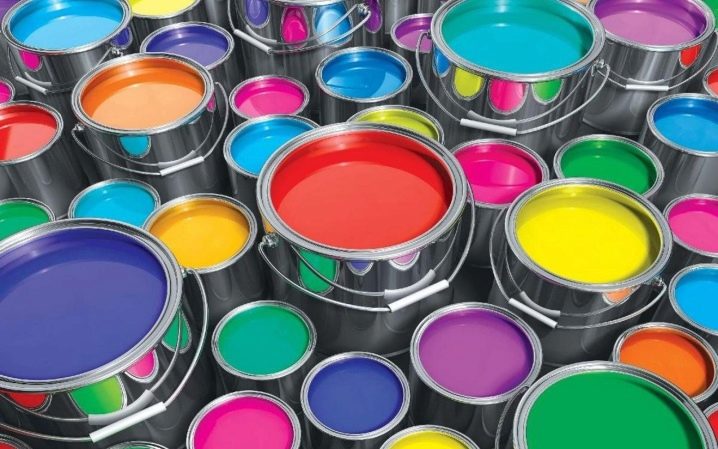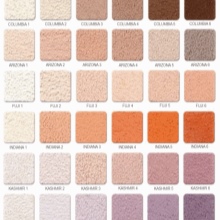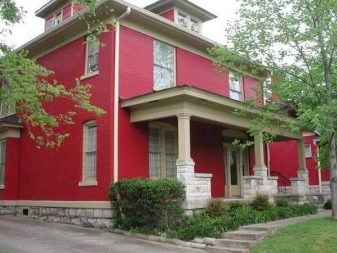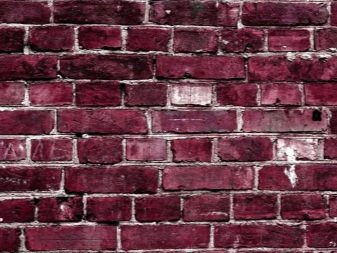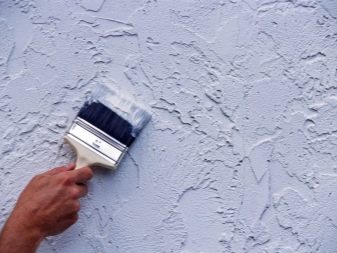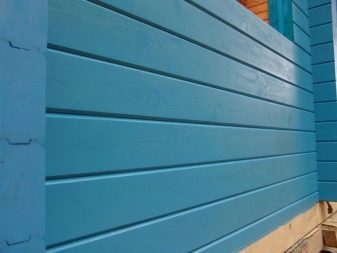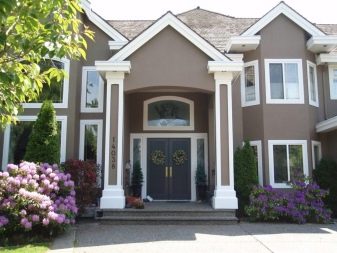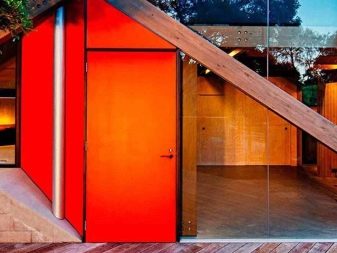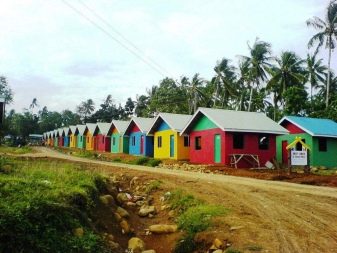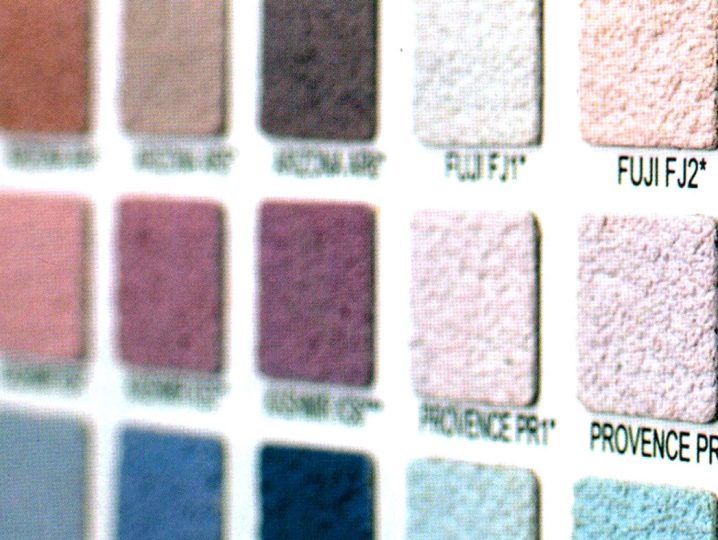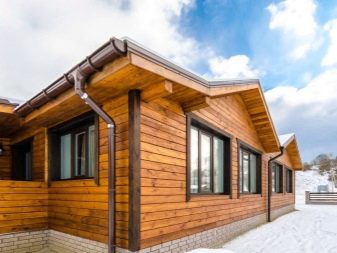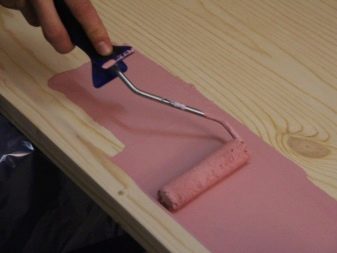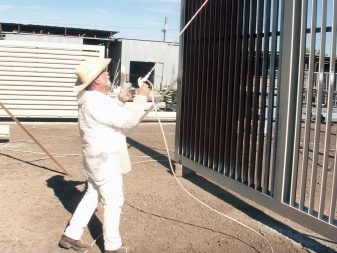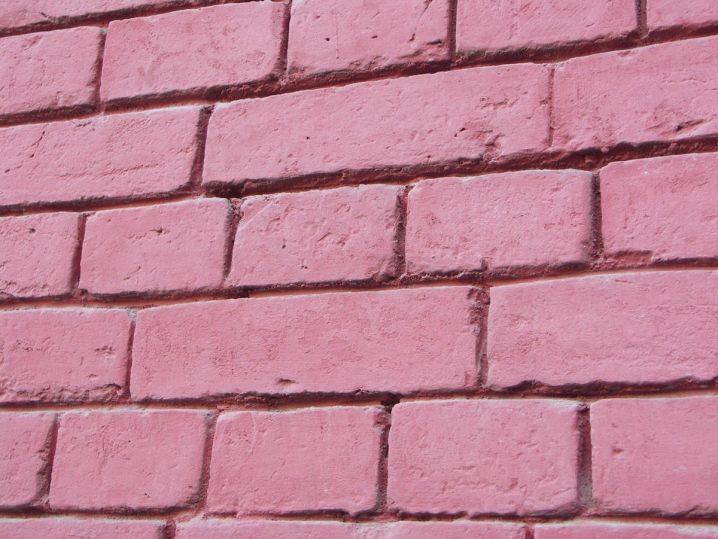Acrylic facade paints: characteristics and varieties
Acrylic paints are considered the most common paints for facades. They are suitable for almost any kind of surface, providing a durable coating and protection from excess moisture. They also lie flat, odorless and dry quickly. With the help of acrylic coating, you can hide small defects, give the house a beautiful and neat appearance.
Special features
Under each type of a wall covering there is a wide choice of different front paints. They are made taking into account the properties of these coatings, also have their own specific qualities.
Most often, at the last stage of finishing the house, facade acrylic paints are used, which have the following characteristics:
- wear resistance;
- elasticity;
- resistance to temperature extremes.
Acrylic paints are based on acrylic acid derivatives in the form of resins with additives. Acrylic facade paint is of two types:
- organic solvent mixtures;
- on a water basis (water emulsion).
Water-emulsion facade acrylic paint is well suited in its technical characteristics for finishing the house, it dissolves with ordinary water, has no smell and dries quickly.
Composition
The composition of acrylic paints include:
- film-forming substance (binder) - the quality of paint, its durability and strength depends on this component. It affects the adhesion to the surface and connects the remaining components of the coating;
- solvent - reduces the viscosity, or water is used, or an organic solvent;
- pigments - give color, are natural, synthetic, organic and inorganic. If you want to create your own shade, the pigments should choose the same manufacturer as the white paint itself. This will protect against dissolving the pigment in the binder.
Fillers (dispersant, coalescent, defoamer, etc.) that are responsible for wear resistance, moisture resistance, strength and antiseptic effect can also be added.For obtaining resistant shades use various organic and inorganic compounds. The cost and technical characteristics of the coating depend on the availability and number of components in the composition.
Before drying, the acrylic paint can be diluted with water, and the excess should be gently wiped off with a wet towel, but in finished form the coating looks like a durable insoluble plastic film, although it seems rather thin.
Advantages and disadvantages
Acrylic formulations have a high popularity due to their ease of use, they can be used to finish repairs during the day and at the same time not be poisoned by toxic substances that are released from other types of paints and varnishes. Of course, it requires certain rules for storage and use. Acryl consists of water, therefore it is necessary to store paint at positive temperatures; apply a new layer after drying the previous one, so that the paint is well laid down and not deformed.
The composition is so durable and durable that it will not be easy to remove from the surface. This is both a minus and a plus. And the plus is that the composition practically does not respond to mechanical stress.
Benefits include:
- good tolerance to changes in temperature and weather conditions, the paint is resistant to moisture, does not crack and does not fade in the sun;
- long service life (from 10 to 20 years);
- the composition is odorless and dries quickly;
- strength;
- a wide range of applications, paint is used for both exterior and interior work;
- environmental friendliness;
- high vapor permeability;
- ease of application;
- the possibility of staining at temperatures from -20 to 30 degrees Celsius;
- masking of minor defects.
Disadvantages:
- relative high cost;
- the need to monitor the safety of the material in an open container;
- Before applying some types, you must first carry out the priming.
Manufacturers
On the modern market there is a wide range of paints and varnishes from foreign and domestic manufacturers. Finding the right facade acrylic paint is easy.
It is worth to single out firms from domestic manufacturers. Eurolux and Optimist. Paint and varnish products of both companies have a wide range of different colors, in comparison with foreign counterparts are not inferior in quality, but much cheaper.
Of the foreign firms, the Finnish manufacturer is the most popular. Tikkurila. It produces paints for various types of surfaces, which are of high quality. Paint and varnish products from this manufacturer are time tested.
Below is a list of manufacturers who have received more positive feedback from customers:
- "Ceresite" - best suited for painting plaster, can also be used for applying on the roof due to high wear resistance and low water absorption.
- "Halo" - possesses good vapor permeability, it is applied to the brick, wooden and plastered surfaces.
- "Parade" - resistant to ultraviolet, vapor-permeable. She painted concrete and metal surfaces.
- "Farbitex" - wear-resistant coating, withstands temperature extremes, well tinted in pastel colors. Designed for concrete, brick, zashpatlevannyh walls.
- Matt paint "Dulux" - it is applied to any facades with a mineral basis.
- "Tikkurila" - great for already painted surfaces, fits perfectly, dries quickly, moisture resistant.
How to choose?
The choice of facade paint is a very important process, because not only the appearance of the building, but also its service life depends on it.
The condition of the facade is adversely affected by weather conditions, and therefore it needs additional protection.
The right paint should have the following characteristics:
- corrosion resistance;
- wear resistance;
- moisture protection;
- the coating should not ignite if a fire occurs;
- UV protection;
- resistance to temperature change;
- strength, the paint should not be damaged;
- resistance to pollution.
These criteria must be fulfilled for all types of surfaces (wood, concrete, metal), because they provide a neat appearance for many years, high strength and protection from damage.
There is a wide range of colors available, but If you cannot find the color you need, you can purchase white paint and paint it yourself. by adding pigment.
The film, which is formed after the acrylic paint dries out, reliably protects the concrete surface, provides immunity to chemicals andresistance to adverse weather. Water dispersion paint protects reinforced concrete structures from corrosion.
When choosing a facade coating for wooden walls, it is necessary to pay attention to the antiseptic properties of the coating, because wood has a high penetration depth. Antiseptic protects against weathering, the formation of mold and rot, preserves the texture of wood, emphasizes the natural color. Due to exposure to ultraviolet, wood can crack, it leads to its deformation, so it is very important to paint a wooden facade in time.
To choose the right type of coating, it is necessary to take into account the climate, weather conditions, the type and material of the surface, the composition of the paint. It is also important to paint the house only in dry weather.
The color of the paint is important. The best option is to select similar shades of the same color, in which the roof, facade, frames, and stairs will be painted. Basically, the roof has a darker shade, and light natural colors are selected for the walls. Poor looks like a large number of different colors, and staining in one color of the whole house.
Light shades will visually make the structure bigger and brighter. The colors are also chosen on the basis of climate, in cold areas it is preferable to use dark shades that will attract heat. And for hot regions, on the contrary, they use light colors.
Features of use
Regardless of the type of surface, the principle of using facade paint is almost identical. Cleaning the walls of grease, accumulations of dirt or old paint has a big role in preparing for painting. The better the surface is prepared, the more it dries, the better the paint will fall.
For the best effect, you need to apply more than two layers, but a new layer is applied only after the previous one is completely dry. Despite the fact that the acrylic coating is considered universal, the type of the painted surface and the composition of the paint are of great importance.
Since this paint has a high drying speed, during use it is better to pour from the package into a small container so that it does not have time to dry. It is also desirable to carry out staining at temperatures up to +20 degrees Celsius, because high temperatures accelerate drying.
If you want to get your shade of coating, then you need to mix paints in a separate container before dyeing, since the paint on the surface is laid down with a new layer, but not mixed.
Painting tools (brushes, roller) are easy to clean with water after the completion of work. It is convenient to use the roller when painting a large surface area, and brushes are best used for hard-to-reach places.
Wooden surfaces
For painting wooden surfaces it is necessary to use paint containing antiseptics and flame retardants. Antiseptics do not give rise to mold, and flame retardants will protect during a fire.
The process of preparing the tree before painting can be divided into several stages:
- when a simple repair is done in order to refresh the buildings, you can not remove the old layer of paint, if it is completely preserved and not damaged. In other cases, completely remove the old coating, dirt and mold;
- need to completely dry the tree and putty any cracks or defects;
- Apply a special primer and process the joints with sealant. Ideally, the primer should contain an antiseptic.
The very process of staining occurs with a brush.It must be led in the direction of the fibers so that there are no streaks, and each new layer should be ground after drying. In this way, smoothness of the coating can be achieved. If you need to paint a large surface, polishing can not produce. The end result will still look attractive.
Metal surfaces
Due to the fact that the metal reacts quickly with moisture, the main problem of this fairly durable material is corrosion. That is why It is necessary to choose paints with a high content of anti-corrosion substances, which will protect the metal from the adverse effects of weather conditions.
Before painting it is necessary to prepare the surface: remove rust (with a special solvent or a metal brush), clean it of dirt, dry well.
There are coatings that can be used even on rust and without a primer, but it is worth considering that the more qualitatively the metal is prepared for painting, the longer it will last.
Brick surfaces
Painting a brick house is a little more difficult than other surfaces. First of all, it is necessary to seal all the cracks with plaster or cement mortar, and then clean it of dust and dirt, if old paint is present, then remove it.Once the walls are clean, you can wash them with water from a hose. Sometimes wet walls are treated with a special cleaner.
After the walls dry, you must go to the priming, and then to the very painting. For coloring it is better to choose a wide brush so that there are no unpainted bands.
It is necessary to paint in two layers, after what time it is possible to apply the second layer indicated on the paint package.
Plaster and concrete
Fresh and well dried plaster is easy to paint:
- primer is applied first;
- the surface is well dried;
- then paint is applied.
If the surface is defective, then first of all you need to clean it, to putty, polishing, primer, and then paint. These processes are the same for plaster and for concrete surfaces.
How to apply acrylic paint in the next video.
